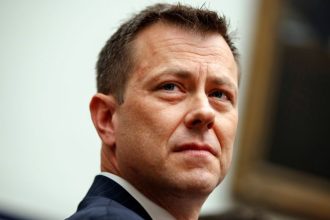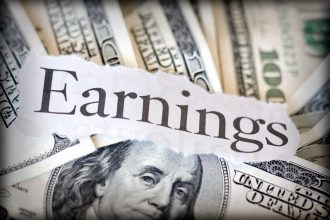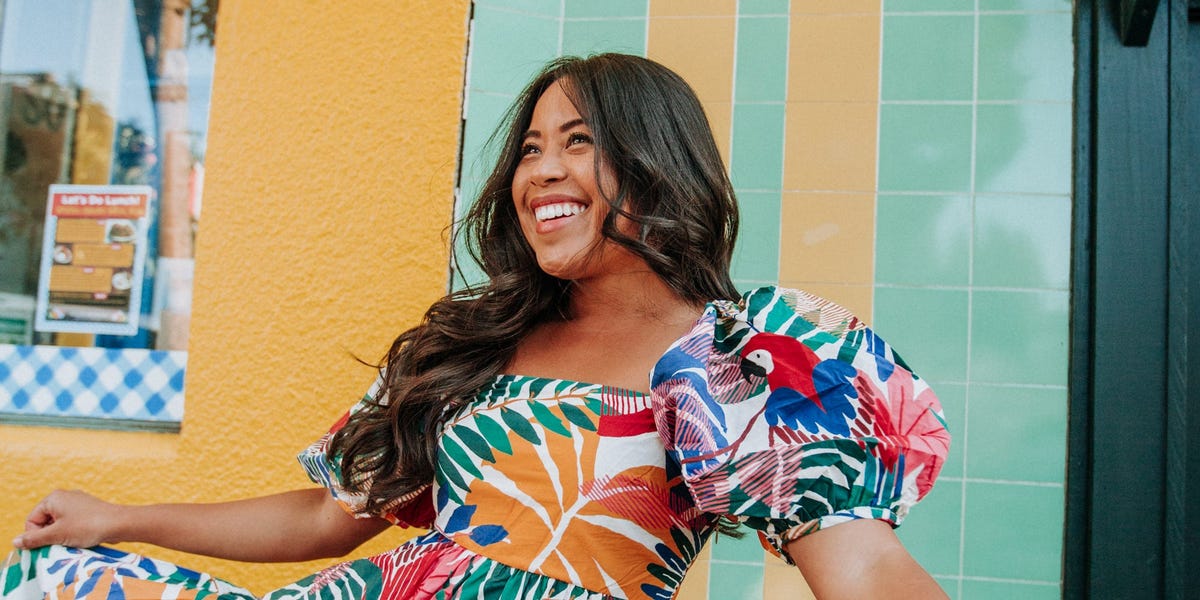- On Instagram, it can seem like the hashtags #ad and #sponsored are ubiquitous.
- Sponsorships with brands are how many influencers make an income on social media.
- Dozens of influencers have explained to Insider their strategies for getting sponsored.
On Instagram, more than 18 million posts have the hashtag #ad. Over 4 million have #sponsored.
Sponsored posts are how many influencers make a living. Some make six figures or more from them.
Take Emma Cortes, who started a fashion blog in 2014, as an example. When she signed her first brand partnership as a part-time content creator in 2016, it was an unpaid brand ambassadorship, she told Insider.
Fast-forward six years and Cortes is a full-time influencer and earned more than $300,000 in a year — with under 50,000 Instagram followers. Most of that revenue came from brand deals, she told Insider.
Read more about how Cortes earned over $300,000 in yearly income
But getting that first brand deal can be challenging for influencers. So how have they done it?
Insider has interviewed dozens of influencers who have worked with a variety of brands – from Nissan to Lululemon to Credit Karma — about how they secure brand deals on Instagram.
Some creators use third-party influencer-marketing platforms like Fohr or Izea. Others find strategic ways to get on a brand’s radar, such as pitching marketing agencies or a company’s employees on LinkedIn. And Instagram itself is getting in on the action with a new creator-brand marketplace where partnerships can be made through DMs.
More established influencers often have talent managers or agents who are pitching, negotiating, and getting those sponsorships for them. For instance, JaLisa Vaughn-Jefferson, a lifestyle influencer with 275,000 followers at the time, signed $700,000 in brand deals halfway into 2021 with the help of her management firm. (Read more about how she built her influencer business.)
Check out: Insider’s interactive database of the top managers and agents representing some of social media’s biggest stars
But even for creators who are starting out — with under 10,000 followers on Instagram — there are paths to getting sponsored. Many “nano” influencers start off by working with brands as ambassadors (like Cortes did) and sharing affiliate links that demonstrate they have the ability to drive customers to a brand.
Some brands, like Dunkin Donuts or jewelry brand Mejuri, are known for their partnerships with micro influencers.
Read: 7 top brands that work with micro influencers on Instagram, TikTok, and more
To help content creators better understand how they can get sponsored on Instagram, here’s a compilation of our coverage of how influencers get brand deals.
Getting the right pitch is a key
Whether it’s over email or Instagram DM, what influencers include in a pitch can make all the difference.
“I like to use the word ‘offer’ instead of ‘collab’ to remind micro influencers that you have to offer the brand something that’s valuable,” Julie Tescon, a nano influencer, told Insider. “You can offer anything that the brand normally would pay for.”
Christian Di Bratto, a talent manager who works with creators, told Insider that personalizing pitches is key. Di Bratto had inked $327,000 in brand partnerships in 2022 when Insider interviewed him in November. He shared the pitch he sends to brands to secure deals for his clients. (Read his pitch.)
Here are 13 examples of how influencers are pitching brands, from the exact pitch they send to unique strategies:
- Tori Dunlap, a personal-finance influencer with 613,000 Instagram followers (and 1.7 million TikTok followers). She shared two templates she uses to pitch brands on Instagram.
- Nick Cutsumpas, a plant and lifestyle influencer with over 60,000 followers. He pitches brands content packages for long-term partnerships.
- Ashley Jones, a micro influencer with 50,000 followers on Instagram. She shared her starting rates for brand deals and how she pitches brands over DMs.
- Emma Cortes, a fashion influencer with 44,000 Instagram followers. She shared the email template she uses to turn gifting offers into paying deals.
- Lillian Zhang, a TikTok micro influencer with 21,500 followers. She shared the exact TikTok DM she sent the brand to pitch herself.
- Alexa Curtis, an entrepreneur and micro influencer with 20,000 Instagram followers. She shared 5 tips for writing successful pitches.
- Gigi Kovach, a lifestyle influencer with 14,000 Instagram followers. She shared the 200-word email pitch she uses to reach out to brands.
- Florence Williams, a beauty influencer with 13,000 Instagram followers. She sends a 14-page, detailed proposal to brands when pitching paid collaborations.
- Khadijah Lacey-Taylor, a nano influencer with under 10,000 followers. Here’s how she pitched brands by showcasing her video content on Instagram.
- Julie Tecson, a nano influencer with about 7,000 Instagram followers. She shared three types of pitches she sends to brands.
- Laur DeMartino, a part-time content creator and full-time college student with about 5,000 followers. She uses LinkedIn to find brand contacts and includes a 9-page media kit when pitching brands.
- Jalyn Baiden, a skincare influencer with 4,000 Instagram followers. She shared how to write a simple DM that can lead to a paid sponsorship deal.
- Amber Broder, a skincare nano influencer and full-time college student with about 2,300 followers. She shared how she pitches brands as a content creator emphasizing her engagement rate.
Media kits help demonstrate what an influencer can offer a brand
“A lot of people might think, ‘Oh, if you have a thousand followers, no one’s going to pay you for that,'” Kayla Compton, a lifestyle nano influencer, told Insider. “But if you have a very engaged audience and you can target people really well and have a good connection with your audience, brands will pay for that.”
She — like many other influencers — uses a media kit to help showcase to brands how even with a few thousand followers, she can still drive engagement.
Here are 13 examples of media kits influencers use to get sponsorships:
- Alexa Collins, a lifestyle influencer with 1.2 million followers. She shared her 8-page media kit.
- Justine Jakobs, an OnlyFans and adult content creator with 460,000 Instagram followers. She shared the 4-page media kit she uses.
- Eric Stoen, a travel creator with about 330,000 Instagram followers. He shared his 1-page media kit.
- Natasha Greene, a food and lifestyle influencer with 138,000 Instagram followers. Here’s the 9-page media kit she uses.
- Joel Bervell, a medical school student and content creator with 118,000 Instagram followers. He shared his 2-page media kit.
- Macy Mariano, a fashion and lifestyle Instagram creator with about 100,000 followers. Check out her 9-page media kit.
- Jade Darmawangsa, a tech and business a YouTube creator (382,000 subscribers) with 52,000 Instagram followers. She shared her 4-page media kit.
- Tess Barclay, a Toronto-based creator with about 5,600 Instagram followers. Here’s the latest version of her 1-page media kit.
- Lauren SoYung Lim, an influencer 26,000 Instagram followers (and 130,000 TikTok followers). She shared the 9-page media kit she used to pitch brands.
- Gigi Robinson, a creator with about 16,000 Instagram followers and 134,000 followers on TikTok. She shared the 17-page media kit she used to get brand deals with Amazon and Tinder.
- Jen Lauren, a YouTube nano influencer with 4,000 subscribers. She shared her simple 3-page media kit.
- Jour’dan Haynes, a nano influencer with 5,900 Instagram followers. She shared her 3-page media kit.
- Kayla Compton, a nano influencer with a few thousand followers. Here’s the 8-page media kit she uses.
Read the full article here




